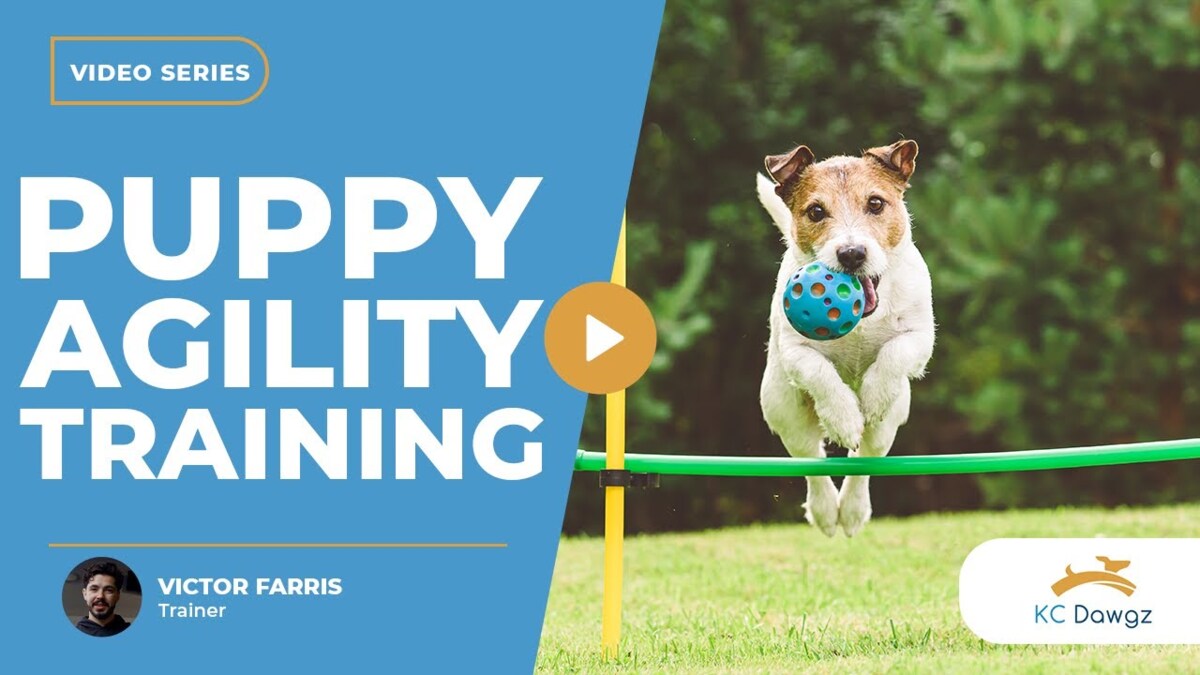Crate training can be a game-changer for both you and your dog, creating a safe and comforting space they can call their own. But if you’re new to this, it’s normal to wonder if you’re doing it right or if your dog will even take to the crate. In this guide, we’ll walk you through how to crate train your dog, from choosing the perfect crate to keeping it a positive experience for your furry friend. Let’s get started!
Why Crate Training is Important
Crate training is not just about confining your dog; it’s about creating a safe environment that mimics a den-like space where they feel secure. It can help with potty training, prevent destructive behavior, and provide a peaceful place for your dog to rest. Plus, if done correctly, your dog will associate their crate with positive experiences, not fear or punishment.
Now, let’s explore how to crate train your dog or puppy step by step.
Step One: Choosing the Right Size Crate
The first step in crate training is ensuring that your puppy has a properly sized crate. A crate that is too big can lead to accidents, as your dog might designate one side as their bathroom and the other as their sleeping area. A crate that’s too small will make your dog uncomfortable.
Make sure that the crate is large enough for your dog to stand up, turn around, and lie down comfortably, but not so large that they can create separate sleeping and bathroom areas. You can start by adjusting the crate’s divider (if it has one) to accommodate your puppy’s size as they grow.
Why Size Matters
Proper crate sizing is not just a comfort issue; it’s also a safety concern. Puppies who have too much space may be more likely to potty inside the crate. A snug, den-like space encourages your dog to hold their bladder until they’re let outside.
Step Two: Getting Your Puppy Comfortable with the Crate
Once you’ve got the right size crate, the next step is to make sure your puppy feels comfortable in it. Here’s how you can get started:
- Lure Them In: Begin by keeping the crate door open and luring your puppy inside using treats. Don’t close the door yet; just let them go in and out freely. This helps build trust and comfort with the crate.
- No Pressure: Allow your puppy to explore the crate on their own. At this stage, there’s no need to close the door. The goal is to make your dog feel that the crate is a safe space, not a place of confinement.
Building Positive Associations
To reinforce the idea that the crate is a positive space, you can start feeding your puppy inside the crate. Dogs are naturally food-motivated, so placing their meals in the crate will create a positive association. This will help your puppy feel more comfortable going in and out of the crate without fear.
Step Three: Closing the Crate Door
After your puppy is comfortable entering and exiting the crate, you can start working on closing the door for short periods. Follow these steps:
- One Second at a Time: Close the crate door for just a second, then immediately reopen it and praise your puppy when they exit the crate.
- Gradually Increase Time: Over time, you can start to gradually increase the amount of time the crate door stays closed. Always reward your puppy with praise or treats when they remain calm inside.
This slow progression ensures your puppy doesn’t feel trapped or anxious.
Step Four: Avoiding Negative Behaviors
One common mistake in crate training is letting your puppy out of the crate when they cry. While it might seem compassionate to comfort them, this teaches your puppy that whining or crying will get them out of the crate. Instead, wait until they are calm before letting them out.
How to Handle Crying
Puppies naturally cry to get attention, especially in uncomfortable situations. However, if you respond to the crying by letting them out, they will learn that crying equals freedom. Be patient, wait for them to settle down, and then reward them by letting them out calmly.
Step Five: Building Crate Training into Routine
Once your puppy is comfortable being inside the crate with the door closed, you can begin incorporating it into your daily routine. Here are a few ideas:
- Use the Crate During Play Breaks: After a good play session, place your puppy in the crate for some quiet time. This helps them relax and decompress, and it teaches them that the crate is a resting place, not just for confinement.
- Reward with Treats: Occasionally, toss treats into the crate as a fun surprise. This keeps the crate a positive place for your puppy.
Addressing Common Crate Training Issues
Crate training isn’t always smooth, and there may be moments when your puppy struggles with it. Common issues like whining, digging, or scratching at the crate door often occur when the crate hasn’t been properly introduced.
If these problems arise, take a step back and shorten the amount of time your dog is in the crate. Make the experience more positive by going back to feeding them in the crate and rewarding calm behavior. Remember, consistency is key.
In Summary
Crate training your dog or puppy is an important part of helping them feel secure and ensuring their safety while you’re away. By choosing the right crate size, getting them comfortable with the crate, and avoiding reinforcing negative behaviors, you’ll set the stage for successful crate training. If you’re facing any issues, always go back to the basics and focus on making the crate a positive space.
If you need any help or have questions about how to crate train your dog or puppy, contact us for expert support.




